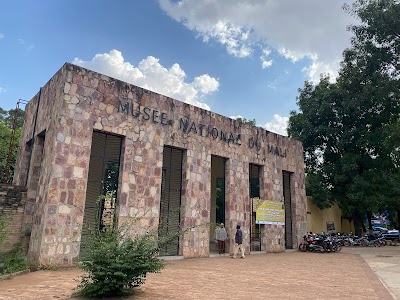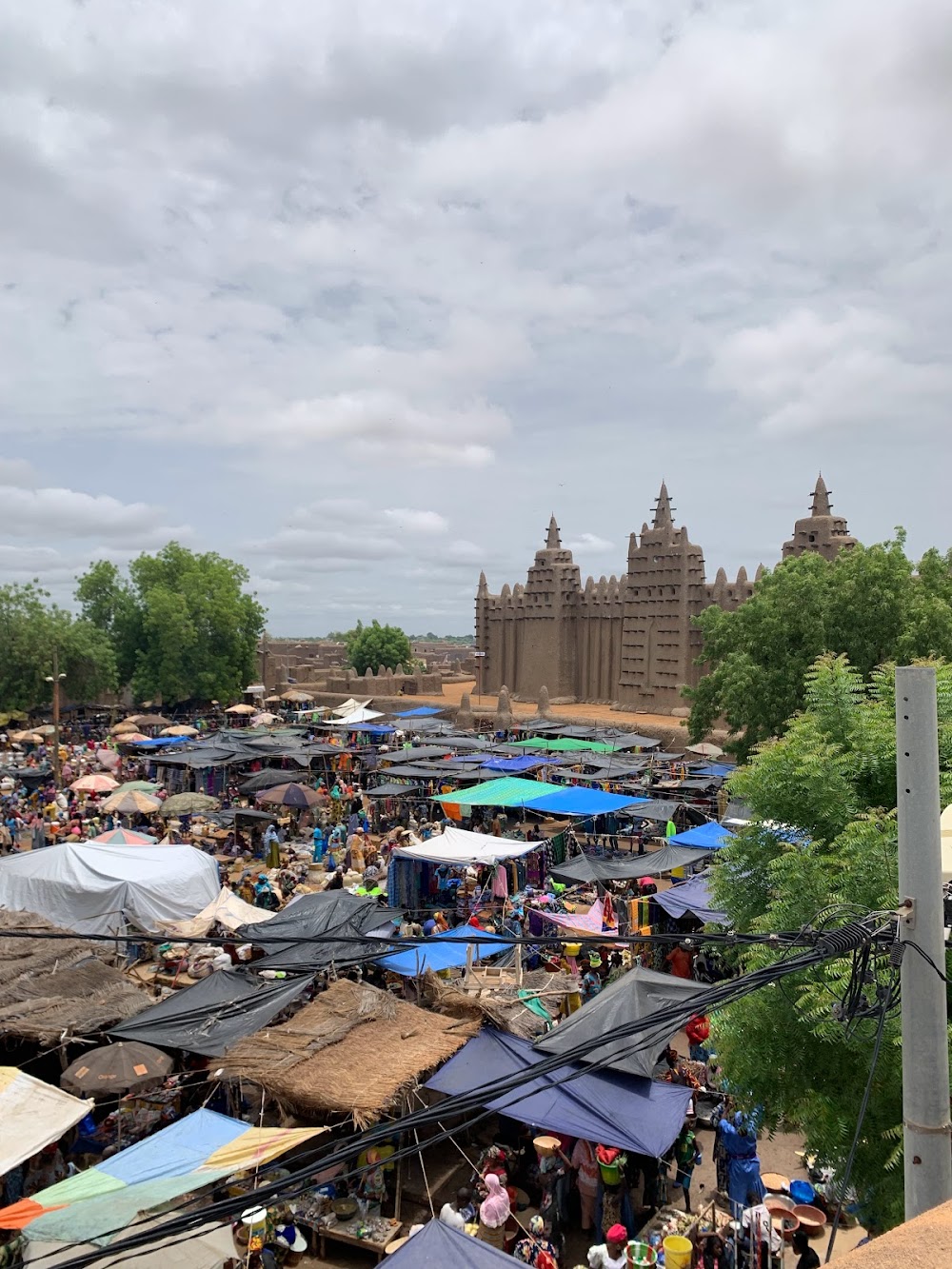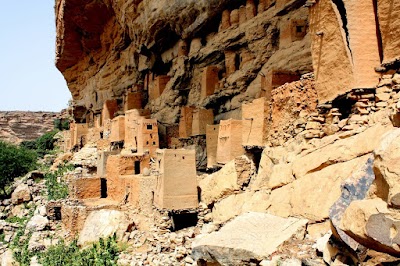National Museum of Mali (Musée National du Mali)
Overview
The National Museum of Mali, located in the vibrant capital city of Bamako within the Koulikoro Region, is an essential destination for anyone eager to delve into the rich tapestry of Malian culture and history. This significant institution serves as a window into Mali's diverse heritage, a country celebrated for its extraordinary musical traditions, ancient empires, and vibrant artistic expressions.
Founded in 1953, the museum originally began as the Sudanese Museum under French colonial rule. Its renaming reflects the nation’s journey toward independence and honors Mali’s cultural legacy. Nestled within a lush park, the museum complex provides a welcoming atmosphere for visitors seeking to relax and immerse themselves in the local culture.
One of the museum’s key highlights is its extensive collection of ethnographic artifacts, which offers fascinating insights into the lives of Mali’s various ethnic groups. The exhibits showcase a wide range of traditional clothing, ornate masks, intricate jewelry, and everyday household items that narrate the unique stories of people such as the Bambara, Dogon, and Tuareg. Each piece not only serves as a fragment of history but also as a work of art reflecting the ingenuity and craftsmanship of its creators.
Art enthusiasts will be captivated by the museum's collection of ancient and contemporary Malian art. The museum features an impressive array of sculptures, carvings, and pottery that span centuries, each with distinct styles and influences. This collection underscores the historical significance of artistic expression in Malian culture, while contemporary pieces bridge the gap between Mali’s storied past and its evolving modern identity.
For those intrigued by Mali’s rich history, the archaeological exhibits provide crucial insights. Displays include relics from the ancient Malian empires of Ghana, Mali, and Songhai—civilizations that once flourished through trade and scholarship. Visitors can marvel at remnants of grand structures, ancient manuscripts, and tools that highlight a time when Mali was a beacon of African civilization.
The museum also offers vibrant cultural programs designed to engage visitors further. Temporary exhibitions, workshops, and educational initiatives are frequently organized, transforming the museum into a lively cultural hub rather than a static repository. Events often feature traditional music and dance performances, providing a dynamic and sensory experience of Mali's living heritage.
An interesting aspect of the National Museum of Mali is its partnership with the Grand Louvre Museum in Paris, which enhances both the conservation of Mali’s artistic treasures and the quality of its exhibitions. This collaboration ensures the preservation of artifacts for future generations while allowing visitors to experience the rich cultural interplay between Mali and other world cultures.
The museum's architecture is a testament to Malian style and ingenuity. Designed by architect Jean-Loup Pivin, the building itself is an aesthetic marvel, harmonizing with Mali's environmental ethos through the use of locally sourced materials. Its design reflects traditional Malian architectural forms while incorporating modern elements, making it an intriguing subject for architecture enthusiasts.
Additionally, the National Museum of Mali plays a significant role in cultural preservation and education, both within Mali and globally. It has become a center for scholarly research, fostering a deeper understanding of West African history and culture. By making this knowledge accessible to the public, the museum promotes greater appreciation and respect for Mali’s cultural heritage.
Visitors will find the museum staff to be welcoming and knowledgeable, often providing guided tours that add depth to the exhibits. The on-site gift shop features high-quality replicas and local crafts, allowing tourists to take a piece of Mali’s heritage home with them. Meanwhile, the café offers a taste of authentic Malian cuisine.
In summary, the National Museum of Mali is more than just a tourist destination; it’s a vibrant educational experience that celebrates the country’s rich history and diverse culture. As a pivotal institution in preserving and promoting Malian heritage, it is an unmissable stop for anyone visiting the Koulikoro Region. Whether you’re an art lover, history buff, or cultural enthusiast, the National Museum of Mali promises an enriching and memorable journey through one of Africa’s most captivating nations.






